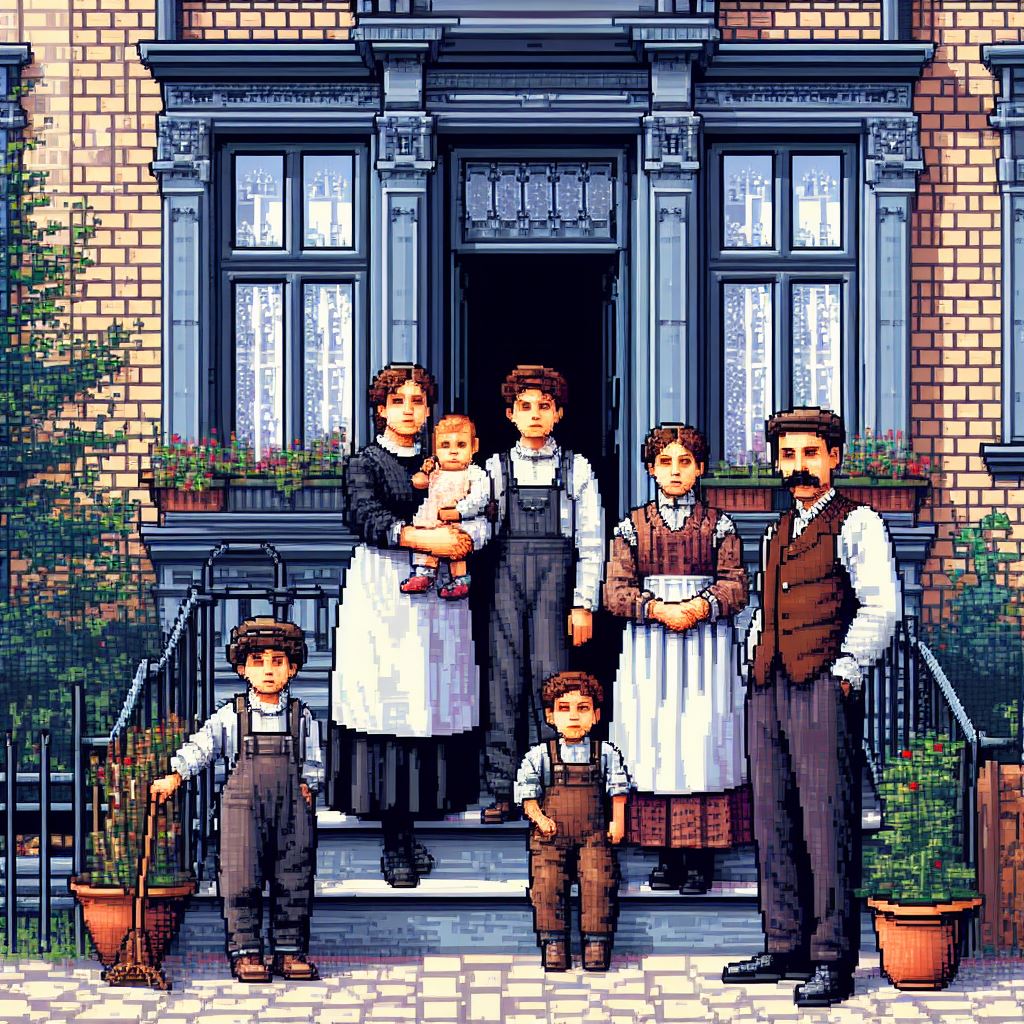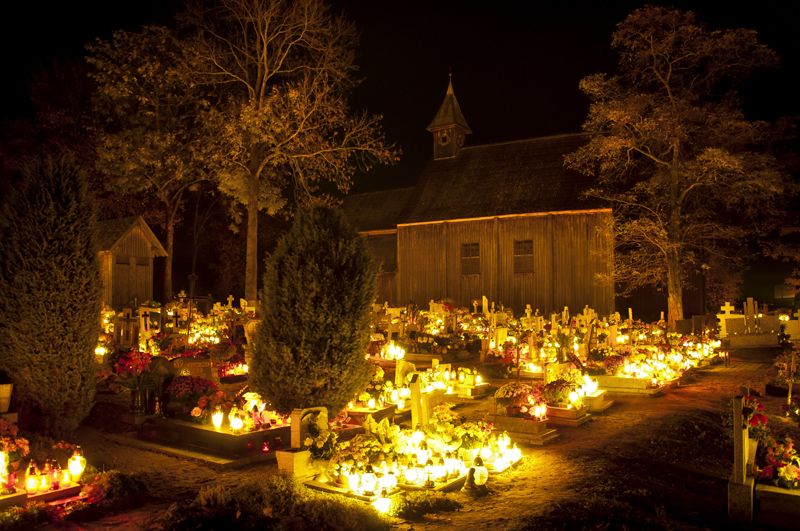I decided to update one of the first Slownik Geograficzny translations that I did for the town that my great-great-grandfather, Frank J Zalewski, resided in when he was married in 1882, Gocza?ki.
Gocza?ki is currently located in Gmina Åasin, GrudziÄ…dz County, Kuyavian-Pomeranian Voivodeship, in north-central Poland.
The translation is a work-in-progress and is obviously not completely perfect. I am grateful for some help from Al at Al’s Polish-American Genealogy, who has translated many entries himself. I will mark the words or phrases that I am confident are wrong or are not even translated as I could not find any information on them, with italics. The rest, while they may not flow very well, are mostly right and just need some small tweaking. Some of the diacritics on the letters may not have copied over correctly, I will fix those if I see them. Any errors in the translations are completely my own.
A few terms that may be confusing are: morg: a unit of land measurement; in this area 1 morg = 0.631 acres – wlók: a unit of land measurement used in Poland, was generally about 30 morgs, but this can vary, depending on what part of Poland and what time-frame one is concerned with. Generally 30 morgs was considered a full-sized farm, big enough to support a family. There are others, though you can find most definitions here if you get confused. Other unique words will be defined in the translation.
Goczalkowo, also called Gocza?ki, in German: Gottschalk, a knightly estate, Grudziadz district, on the road from Grudziadz to Biskupiec, approximately 1 mile from the township Åasin and 1 mile from Biskupiec, where the ToruÅ„sko-Wystruckiej iron railway station is located. It covers 3100 morgs of land, 23 buildings, 9 inhabitants’ homes, 90 catholics, 96 evangelicals. Parish in ÅšwiÄ™te, the school site, mail at Åasin.
Gocza?ki was previously located in Pomezania, at the the border of Che?mno. Probably took the name of the holder of the German mayor Gotschalk or rather, a deviation of the German “Gotschalksdorf”. Belonged to the older Riesenburg Prussian ducal district. In the sixteenth century, this village was owned by a CzarliÅ„scy.
In the year 1543, Duke Albrecht of Prussia issued a new charter for Gocza?ki to the three CzarliÅ„skim (German Scherlinski) sisters Annie, Urszuli and Elzbiecie, which their deceased father Tomasz (Thomassen) possessed, but during the last war he went missing. Gocza?ki (Gottschalksdorff) was then 30 wlok and immediately next to it a second estate, that is called in German “Wrozelsdorff”, which consisted of 12 wlok and also belonged to them.
Although Gocza?ki in Pomezania lay within the limits zlutrza?ego(?) Prussian Prince, the people around here remained Polish for a long time. In fact, in 1601 there is a Pawel Stucki of Gocza?ki who in 1619 with Jan Goczalkowski waives his section in Gocza?ki to Rafalowi Goczalkowskiemu.
Around 1629, the place holders of the local gentry: Maciej and Rafal Goczalkowski and Bartosz Jaromierski.
In 1667 there were 5 separate shares in Gocza?ki, which had minor nobility.
In 1720, there were still a few of the shares from earlier. Then a wealthy German, Fryderyk Aleksander Backer, started using the unfortunate times and buying the smaller particles. In 1721. he bought the 14 wlok which were attached to Tymawy from Ernesta von Taube, in 1722 7 wlok from Adama Kosickiego, and in 1740 acquired the right to the mortgage of 21 wlok and a farm from Gotlibkowo and Worzelsdorf (which belonged to Gocza?ki) for 6000 gold for 40 years. Doing this, he had a total 42 wlok.
After the death of Aleksander Fryderyk Becker, his married daughter, Major Buchholz’s wife, inherited the estate. In 1770, it was acquired by the son of a Prussian lieutenant, Rafel Bucliholz “‹”‹for 10666 talar.
In 1780, Captain Jan Karol Borek is the owner, in 1786 Captain Ferdynand von Pfórtner, in 1794 a royal courtier and adviser Otto Graf von Keyserling, in 1797 von Hippel owned the estate and Lisowski.
Gocza?ki was acquired in 1836 by subhasty(?) August Teodcr von Peterson, and from him Gocza?ki and Dohnastiidt was purchased in 1841 for 53,300 talars by Baron Hugo Maksymilian Fryderyk von Blumenthal. Refer to Frolich, “Geschichte des Graudenzer Kreises” 82
S?ownik Geograficzny Krolestwa Polskiego – Warsaw [1895, vol. 2, p.755-756]. Retrieved from http://dir.icm.edu.pl/pl/Slownik_geograficzny/Tom_II/755 on 5 Nov 2014.

